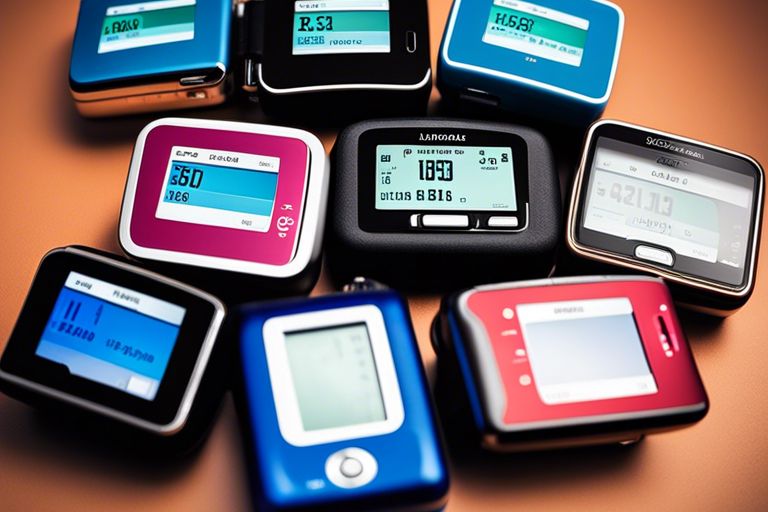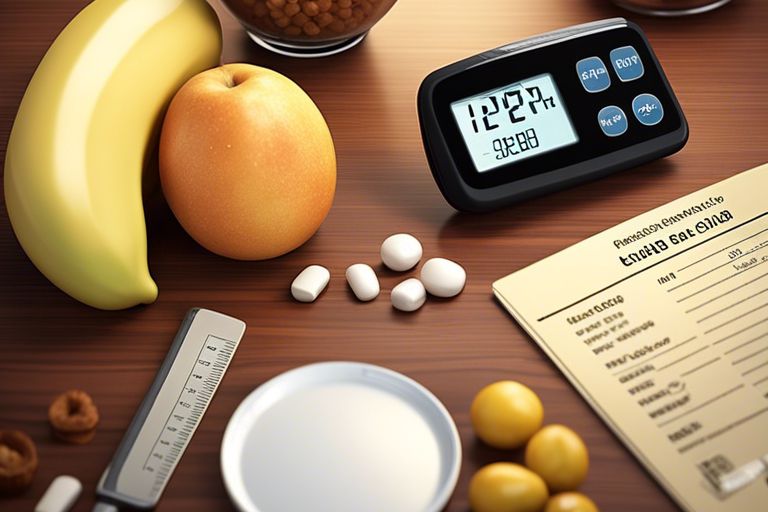Diabetes Type 1 is a chronic condition that affects millions of people worldwide. It is a condition that results from the inability of the body to produce insulin, a hormone that regulates blood sugar levels. People with diabetes Type 1 need to monitor their blood sugar levels to ensure that they are within normal ranges. Monitoring blood sugar levels is an essential aspect of diabetes management, and it helps to prevent complications associated with the condition. This article highlights the importance of monitoring blood sugar levels in diabetes Type 1 and provides insights on how to do it effectively.
Understanding Blood Sugar Levels
Blood sugar levels refer to the amount of glucose in the blood. Glucose is the primary source of energy for the body’s cells, and it is obtained from the foods we eat. Insulin helps to regulate blood sugar levels by allowing glucose to enter the body’s cells. In diabetes Type 1, the body does not produce insulin, and this leads to high blood sugar levels.
Complications Associated with High Blood Sugar Levels
High blood sugar levels can lead to several complications, including nerve damage, kidney disease, eye problems, and cardiovascular disease. These complications can be life-threatening if left untreated. It is, therefore, essential for people with diabetes Type 1 to monitor their blood sugar levels regularly.
Benefits of Monitoring Blood Sugar Levels
Monitoring blood sugar levels helps people with diabetes Type 1 to:
1. Avoid Hypoglycemia
Hypoglycemia is a condition that results from low blood sugar levels. It can lead to seizures, coma, and even death. By blood sugar level monitoring, people with diabetes Type 1 can prevent hypoglycemia.
2. Avoid Hyperglycemia
Hyperglycemia is a condition that results from high blood sugar levels. It can lead to several complications, including nerve damage, kidney disease, and cardiovascular disease. By monitoring blood sugar, people with diabetes Type 1 can prevent hyperglycemia.
3. Adjust Medications
Monitoring blood sugar levels helps people with diabetes Type 1 to adjust their medications appropriately. This ensures that they take the right dosage of insulin and other medications.
4. Monitor the Effectiveness of the Diabetes Management Plan
Monitoring blood sugar helps people with diabetes Type 1 to evaluate the effectiveness of their diabetes management plan. It provides valuable insights into how their diet, exercise, and medications are impacting their blood sugar levels.
5. Improve Overall Health
Monitoring blood sugar helps people with diabetes Type 1 to improve their overall health. By keeping their blood sugar levels within normal ranges, they reduce the risk of developing complications associated with the condition.
How to Monitor Blood Sugar Levels
There are several ways to monitor blood sugar levels, including:
1. Blood Glucose Meters
Blood glucose meters are small devices that measure blood sugar levels. They require a small sample of blood, usually obtained by pricking the finger. Blood glucose meters are easy to use and provide accurate results within seconds.
2. Continuous Glucose Monitoring Systems
Continuous glucose monitoring systems are small devices that measure blood sugar levels continuously. They consist of a small sensor that is inserted under the skin and a transmitter that sends the data to a receiver. Continuous glucose monitoring systems provide real-time data on blood sugar levels, and they can alert people with diabetes Type 1 when their blood sugar levels are too high or too low.
3. Urine Tests
Urine tests can be used to monitor blood sugar levels, but they are not as accurate as blood glucose meters or continuous glucose monitoring systems.
Conclusion
Monitoring blood sugar is an essential aspect of diabetes management, and it helps to prevent complications associated with high or low blood sugar levels. People with diabetes Type 1 need to monitor their blood sugar levels regularly to ensure that they are within normal ranges. Blood glucose meters, continuous glucose monitoring systems, and urine tests are some of the ways to monitor blood sugar levels. By monitoring blood sugar, people with diabetes Type 1 can avoid hypoglycemia and hyperglycemia, adjust their medications, evaluate the effectiveness of their diabetes management plan, and improve their overall health.
FAQs
-
Why is monitoring blood sugar important in diabetes Type 1?
- Monitoring blood sugar helps to prevent complications associated with high or low blood sugar levels.
-
What are the complications associated with high blood sugar levels in diabetes Type 1?
- Complications associated with high blood sugar levels in diabetes Type 1 include nerve damage, kidney disease, eye problems, and cardiovascular disease.
-
What are the benefits of monitoring blood sugar in diabetes Type 1?
- The benefits of monitoring blood sugar in diabetes Type 1 include avoiding hypoglycemia and hyperglycemia, adjusting medications, evaluating the effectiveness of diabetes management plans, and improving overall health.
-
What are the ways to monitor blood sugar levels in diabetes Type 1?
- The ways to monitor blood sugar levels in diabetes Type 1 include blood glucose meters, continuous glucose monitoring systems, and urine tests.
-
How often should people with diabetes Type 1 monitor their blood sugar levels?
- People with diabetes Type 1 should monitor their blood sugar levels as recommended by their healthcare provider. Generally, it is recommended to monitor blood sugar levels several times a day, including before meals and at bedtime.




